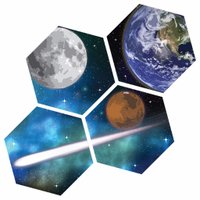
NASA Astromaterials
@astromaterials
We curate the most extensive collection of Astromaterials, conduct research on planetary & space environments & more! Verification: nasa.gov/socialmedia
ID: 718522225
http://ares.jsc.nasa.gov/ 26-07-2012 18:37:36
3,3K Tweet
15,15K Followers
80 Following

Find #BacktoSchool fun in our interactive expeditions that allow you to explore the Earth and Moon! Learn about astronaut photography from ISS Research and try your hand at identifying views of Earth from space. Explore details about the Moon, including how to classify Moon




What could make #SXSW even more fun? How about a call from space!? Our panel proposal includes a conversation with an astronaut on International Space Station to talk about astronaut photography of Earth and how we’re applying what we’ve learned to NASA Artemis! Vote now!

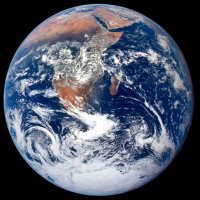
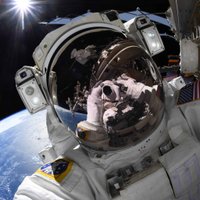
Enjoy the soothing sounds of sediment. 🤫 Join Jessica Meir for an ASMR tour of the NASA NASA Astromaterials Simulant Development Lab at NASA's Johnson Space Center, where scientists have developed several types of sediment that closely match the regolith on the Moon.


Learn how we're applying what we've learned from photographing NASA Earth from International Space Station and how we're applying that to lunar observations for NASA Artemis! Vote now!
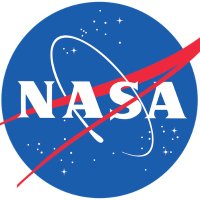



NASA's Johnson Space Center NASA Astromaterials Prissel collected samples, too, but with a different science question in mind. Novarupta’s chemistry is partly a result of Earth’s plate tectonics. The Moon has volcanic landscapes with similar chemistry, but no plate tectonics. So, what else could explain the parallel?
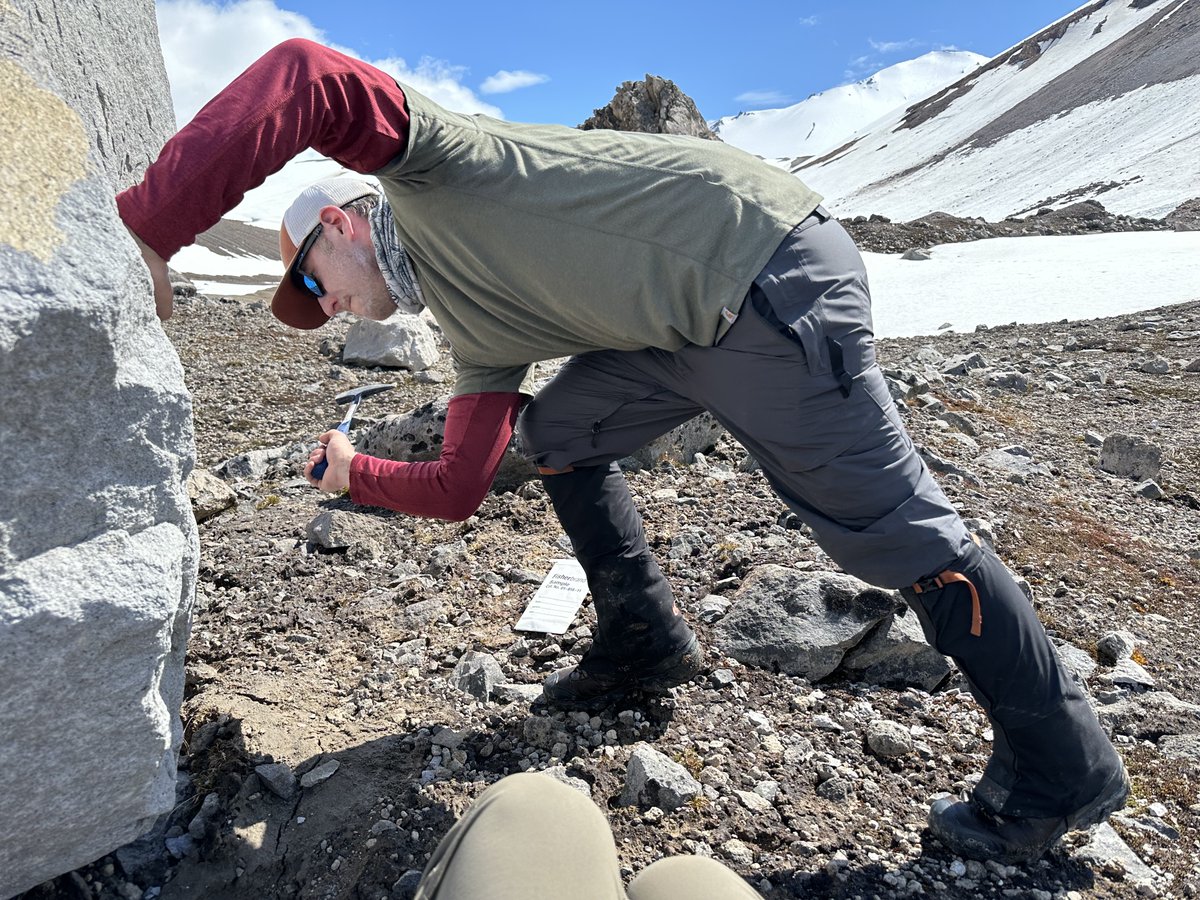

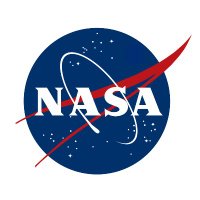
"Share and share alike" works in space, too. 🚀🪨As part of an asteroid sample exchange, NASA has transferred a portion of the asteroid Bennu sample collected by the agency’s #OSIRISREx mission to JAXA(Japan Aerospace Exploration Agency) (Japan Aerospace Exploration Agency). go.nasa.gov/3MiwrYc


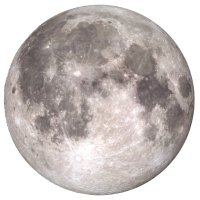

[#CosmosBlog] We’ve got (new) asteroid! Material from asteroid #Bennu, collected by NASA’s #OSIRISREx spacecraft, has arrived at our Extraterritorial Sample Curation Centre (JAXA地球外物質研究グループ(ASRG)). The sample is a key complement to the Hayabusa2 mission. Read 🔗 cosmos.isas.jaxa.jp/comparing-piec…
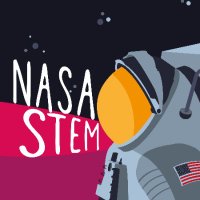
Teachers of grades 5-9!👩🏽🏫👨🏾🏫 Your class is invited to join Dr. Juliane Gross, NASA Artemis Curation Lead at NASA's Johnson Space Center, for a live presentation (plus Q&A) about the Moon & Moon rocks. 🌖🪨 Tune in at 1 p.m. EDT on Wednesday, Sept. 11. 📅 Register: ares.jsc.nasa.gov/interaction/we…








